5 Best Management Practices For A Customer First Focus
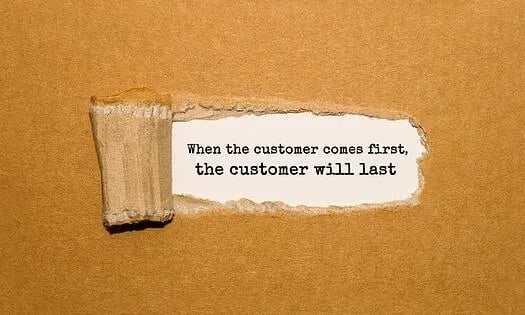
Subscribe to our newsletter
Updated June 25, 2024
When I was selling cowboy clothes in the Santa Monica Place mall back in 1982, I received a call.“I’m Kris Kristofferson’s manager. Do you have a Frye men’s boot model 3946 in a 9D?” I scanned the boot wall, saw a pair of tan suede boots in the middle of the hundreds of boots in the size nines section, and answered, “Yeah, I’ve got a pair.”
The voice on the phone asked, “You’re sure?” I replied, “Yes, I’m looking right at them.”
He said, “Great, because we’ve called everywhere, and you’re the only ones who have 'em. Kris will be there in about 15 minutes; have 'em ready, and he wants some kids' boots.” Click.
I went over to the boots, picked them up, and noticed they were a 9 1/2. I started to sweat. I checked every box in back stock, I checked the displays, and I checked every pair in the store but came up empty.
We, too, were out.
A customer-first focus would have made sure I checked to make sure while the shopper was on the phone, but I was lazy. Kris was not amused.
We often know what we should do as retailers to create a great customer experience but don’t. Other times, we do the wrong things because no one is there to tell us otherwise.
It sounds so simple. When the customer comes first, the customer will last, but how do you make that the centerpiece of your store culture?
I offer a free Retail Assessment Tool on my site to help small businesses understand what it will take to avoid the retail apocalypse affecting the big boys.
With big chains downsizing, we hear the benefactors will be smaller retailers.
It's important to note that retail store owners with just one location still make up most of brick-and-mortar’s $3.9 trillion sales. And according to a Rutgers infographic, Why the Brick and Mortar Store Still Matters, consumers spend six times more in a store than online.
Furthermore, Rutgers said the average consumer spends $247 a month online versus $1,710 in physical stores.
That’s seven times as much as online.
No wonder why so many online retailers are opening their own brick-and-mortar stores.
But what does it take to compete in brick-and-mortar stores?
Yes, an omnichannel brand that people can shop anytime and anywhere they want is becoming the new norm – the base level - of retailing, but is success assured even if you have that?
No.
Most retail businesses don’t have a culture centered on the customer. They’re centered on tasks.
Well-trained employees can provide retailers’ biggest differentiator- they can deliver a feeling.
It’s simple…
People who feel that they matter are going to buy more.
Despite silly studies like this one that purport 95% of shoppers want to be left alone while shopping …
Don’t write off your customers as wanting less customer service.
They want more.
Manager Training Program Pitfalls - Why Your Retail Business Needs An Upgrade Now
Survey after survey over the past two decades reveals that the inability to receive a greeting, prompt service, or find an available associate is the frequent cause of frustration when shopping in a brick-and-mortar store.
Combatting that takes retail sales training.
Paying attention to the customer first and properly training the people working in your store makes customers happier. Shoppers walk into your doors hopeful of making a purchase, discovering something new, and meeting someone who genuinely cares about them.
Hopeful people are the ones who enter a store ready to buy, not in a bar, at 11 a.m.
But leveraging shoppers’ hopefulness doesn’t just happen; you must have a selling system.
If you have Millennial employees, and I'm sure you do, they have a different learning style than GenX and Boomers. When confounded with a problem, Millennials grew up searching for the answer on Google.
And while they can get the results from a spreadsheet answer online, they haven’t worked the spreadsheet to get to that answer.
That lack of figuring it out independently is why retail sales training is so important.
Most retailers have let their employees figure out how to engage shoppers on their own. What have they come up with? Mimicking the same crappy greetings, Can I help you? and Looking for something special? that everyone from McDonald’s to Big Lots to Nordstrom employees say.
What’s really interesting is in a survey by Euclid that says Millennials are more than twice as likely as Boomers and Gen X to say that interacting with knowledgeable sales staff influences their purchasing decisions.
But you must give your employees voice lessons to connect – even if they are of the same generation.
I get it. Your employees are not students of psychology or selling. That’s why they need a logical process to build a sale.
Even Millennials, the most social generation ever, need a process to be social in public. And that takes a lot of work. And in your retail establishment, a lot of training.
And if they could do it already, they would.
Your retail sales training is less likely to stick when you aren’t connecting an employee’s performance to their pay. In the Retail Assessment Tool, the results from 1700 respondents show that 63% do not connect employees’ pay to their performance. The person selling the best items at full price is the same as the one hiding behind the stacks.
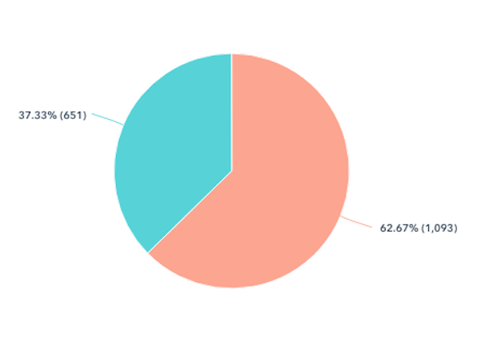
If you don’t reward employees for taking what you’ve taught them and mastering it, what will make them want to do it?
Exactly.
While many retailers have some type of incentive program for their employees, either commission or bonus, 40% do not. That 40% expect employees to give their all and be grateful for a job. That doesn’t work to get them to make a shopper’s day.
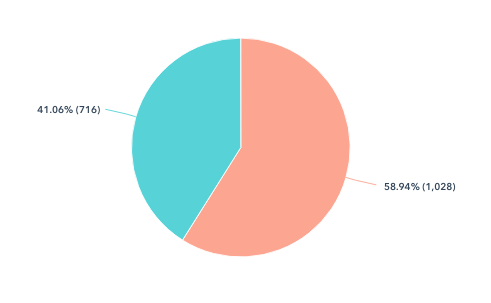
Product knowledge used to be the one thing they prided themselves on in many retailers’ operations. It used to be required to know everything about a product, whether it was how to play the game you’re selling, how the luxury watch is built from scratch, or even how space-age materials made the tool half as heavy as the cheaper one.
Yet 50% of respondents answered no to the statement. You have product knowledge training on your top 25 items.
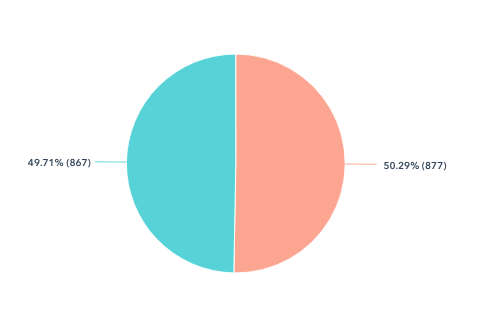
So when it comes to the top products – the ones most shoppers buy - 50% assume the merchandise can do the hard work of convincing a shopper to purchase. That just isn’t so.
And after you’ve given your employees retail sales training and they still can’t or won’t do the job, you have to have an employee warning process. Yet here again, many are missing the boat…
To the statement, You have an employee warning process and termination policy, while 70% of respondents said they did. On another survey question, 60% answered no to the question Have you given them at least one written performance review with a deadline when you want specific changes made that they have had to sign to acknowledge the consequences of their actions, attitude or performance?
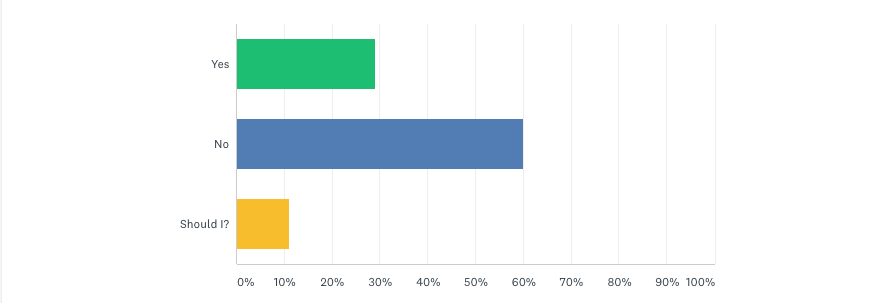
This means that many retailers are not holding their employees accountable and are putting up with bad behaviors, even regarding basics like customer service and dress code. That often comes because they don’t want to be seen as mean bosses.
Bosses are supposed to make the hard decisions – she gets a raise, he gets his hours cut, she’s gone if it happens again, etc. It does not mean it’s what you are paid for – making the hard choices for your business’ health.
Management Practices to Bring a Customer-First Focus to Your Retail Store
1. Provide Retail Sales Training
2. Connect Employee Performance To Their Pay
3. Pay A Bonus For Exceeding Goals
4. Give Product Knowledge Training On Your Top 25 Items
5. Give Written Warnings If They Are Not Performing
The only way to have a culture centered on the customer is to rigorously train, mentor, reward, hold accountable, and cull your employees.
In Sum
When Kris came in that day, I had to tell him I’d found his boots at a competitor’s store on the top floor at the mall. I told him they didn’t carry kids' boots, but we did. He left, returned with his boots, and then purchased boots for his kids from me.
After the Kris incident, I always verified anything before making assumptions.
You must verify your training and standards to be a customer-first store when managing your retail employees,
Retail isn’t dead, but taking the customer for granted is.
You’ve been told.
After you complete the Retail Assessment, I'll send you several tips to help explain and improve your results. It only takes about five minutes.

.webp?width=102&height=111&name=iStock-524069181-luxury%20(1).webp)
